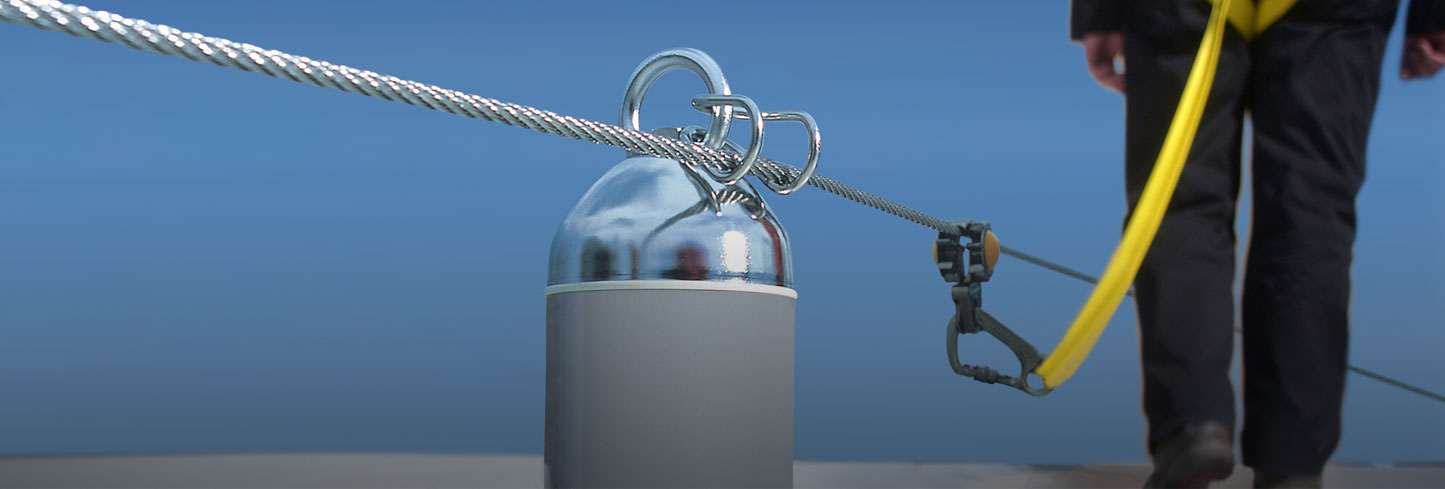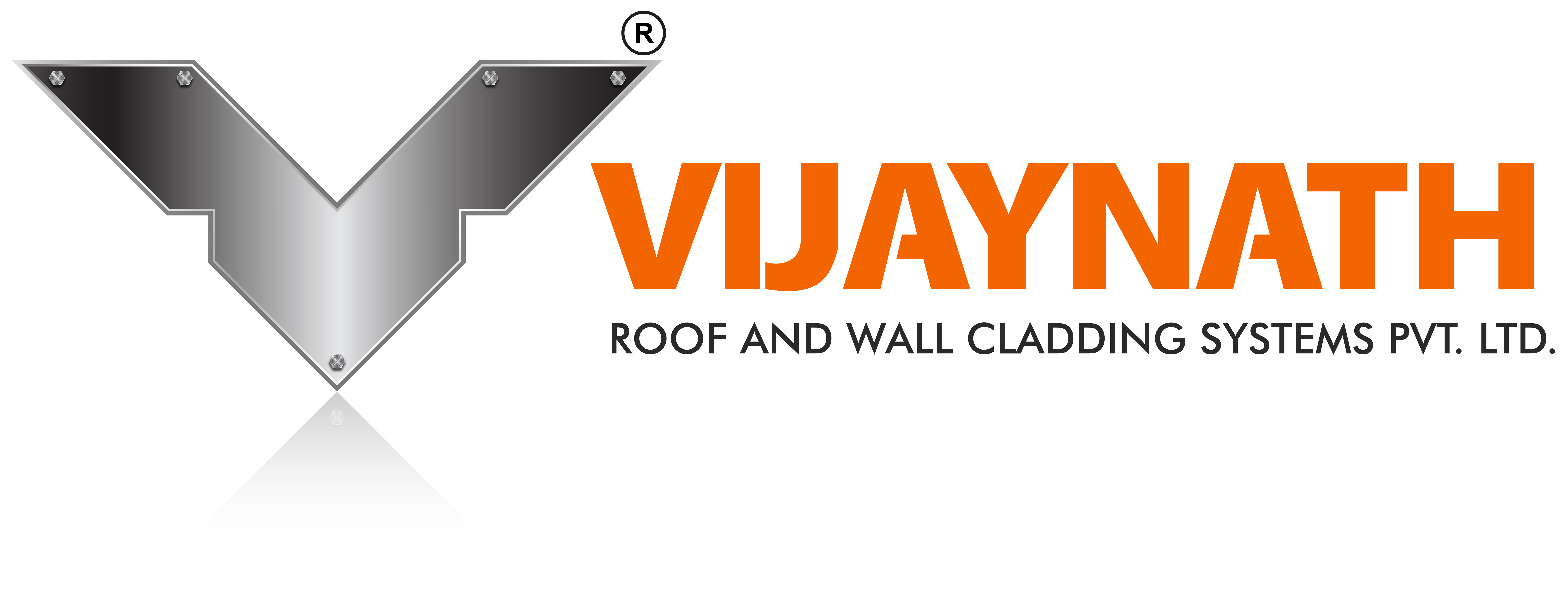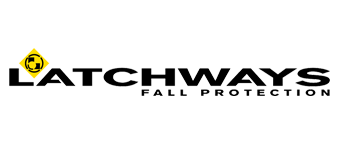
Committed to bringing you the best in quality, versatility and experience, MSA continues to work closely with major roofing manufacturers to provide a full range of fall protection systems for all styles and types of roofs. With a focus on design and testing, the discreet, flexible and reliable nature of the Latchways® Fall Protection Systems provide the ideal complement to protect people working at height while accessing roofs for maintenance and inspection.
What is Fall Protection?
Fall protection is the backup system planned and systems put into place for a worker when there is a risk of a fall from height in order to control or eliminate injury potential. For thousands of years, man has used ropes and various knots to help or secure objects against the forces of gravity.
“When one falls, it is not one’s foot that is to blame.”
From a historical perspective, some of the earlier uses could be found on sailing ships, in church steeple construction and maintenance, and in tree-trimming trades. The use of ropes and some type of body belt for restraint or work positioning support found particular interest during stormy seas and above the decks of ships.
As years passed by, the harness and fall protection system became more commonly used within the construction industry to preserve the life of the construction worker. In addition, it is now commonly used on buildings for yearly maintenance of gutters, M & E services, and for general roof inspection and basic works.
Fall arrest is the form of fall protection that involves the safe stopping of a person who is already falling to prevent any further injury. It is not the same as taking the necessary safety measures to prevent falls in the first instance.
There are two types of fall protection measures, these are known as collective and personal.
As an example, a complete edge protection handrail solution will provide full safe unrestricted access that does not require trained access. Safety nets stop people from falling to the ground, which does not rely on the end-user wearing equipment correctly and personal protection.
Fall protection systems should be custom designed to fulfill and meet your requirements and design will change from site to site. This is why only qualified people must design and install these systems.It should remain a serious consideration that buildings will differ from one to the other and why you should not replicate one system to another because all buildings & access requirements will differ.
The five key elements of such a system are:
These elements are critical to the effectiveness of a personal fall protection system.
There are many different combinations of products that are commonly used to assemble a personal fall arrest system and each must meet strict standards.



